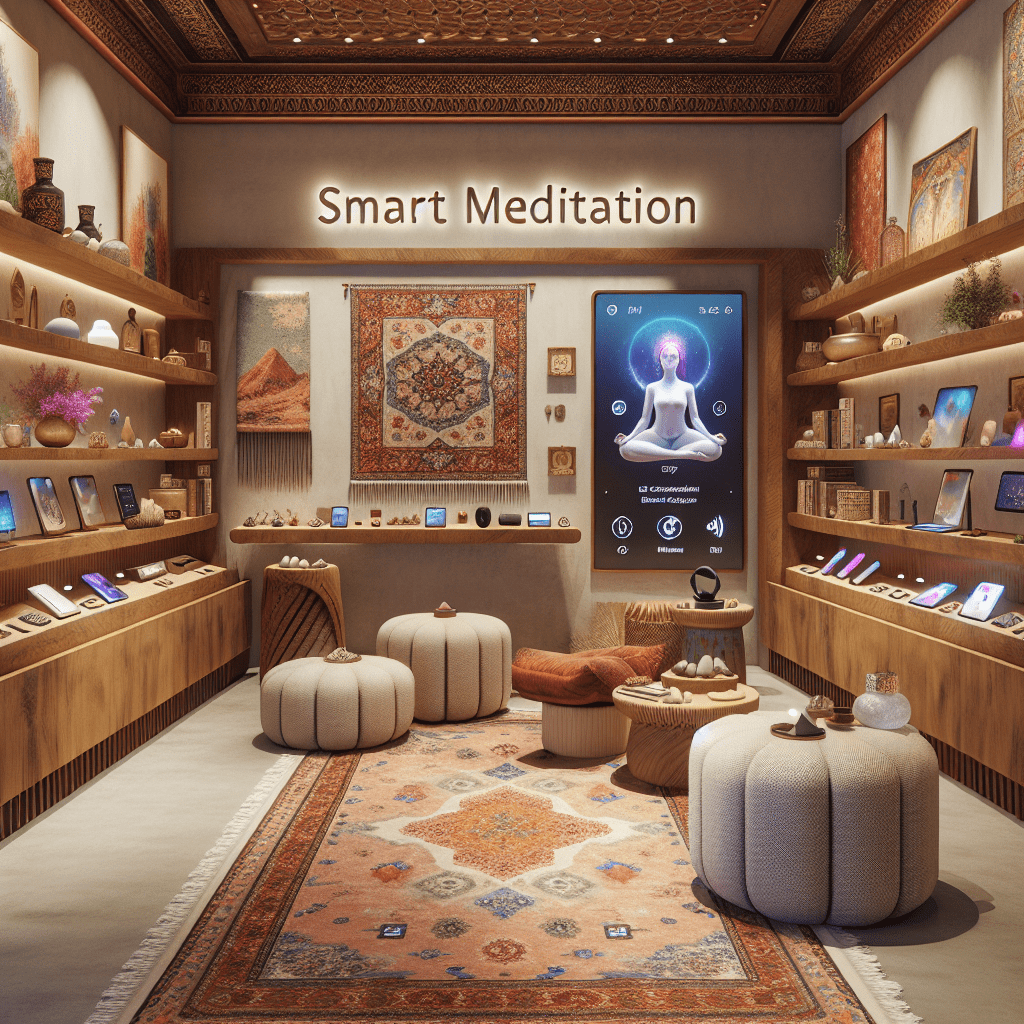
Prioritize your mental well-being daily. Enhance your life by nurturing your mental health with the Smart Meditation app. Break free from stress, alleviate anxiety, and enhance your sleep quality starting today.
Is It Better To Meditate Or Go Into The Silence With Your Eyes Opened Or Closed?
The Great Debate: Eyes Open or Shut During Meditation?
In the tranquil realm of meditation, a question often pops up – should one meditate with their eyes open or shut? Ah, a query as old as the practice itself, stirring up quite the debate among enthusiasts and novices alike. While some swear by the traditional closed-eye technique, others advocate for the modern twist of keeping the eyes open. Let’s dive into the heart of this matter, weighing the pros and cons, and determining which approach might suit you best.
Eyes Wide Shut: The Case for Closed-Eye Meditation
Let’s kick things off with the more classical approach to meditation – eyes gently closed, diving deep into the inner cosmos. Here’s why many prefer this method:
- Distraction Minimizer: By shutting out the visual stimuli, meditators often find it easier to focus inward, steering clear of external distractions. It’s akin to closing the door to a noisy room – suddenly, the chaos fades, and calm prevails.
- Inner World Exploration: With your eyes closed, you’re essentially in the dark, guided only by your inner light. This can be a powerful catalyst for introspection and self-discovery, as you’re not anchored to the physical world by your sight.
- Deep Relaxation: Here’s a fun fact – closing your eyes naturally nudges your body toward relaxation. It sends a signal to your nervous system that it’s time to unwind, paving the way for a deeper, more restful meditation session.
Eyes Wide Open: Why Keep Them Open?
Now, let’s switch gears and consider the eyes-open approach. It might seem a tad unconventional, but it’s got its merits:
- Integration with Daily Life: Life, as they say, is not lived with eyes closed. By meditating with your eyes open, you practice being fully present and aware in everyday situations, training your mind to find calm amidst chaos.
- Focus Sharpening: Keeping your peepers peeled can actually enhance your concentration skills. It adds a layer of challenge, as you learn to maintain your meditative focus despite visual distractions – a handy skill, indeed.
- Cultural Authenticity: In certain Buddhist traditions, meditating with eyes open is the norm. It’s seen as a way to remain connected to the world and all its sentient beings, fostering a sense of unity and compassion.
So, Which Way to Go?
Let’s boil it down to the nitty-gritty. Choosing between eyes open or closed during meditation truly boils down to personal preference and your specific meditation goals. If you’re aiming for deep relaxation and inner exploration, the closed-eye method might be your best bet. On the flip side, if you’re looking to enhance your presence and awareness in the everyday hustle and bustle, give the eyes-open technique a whirl.
Here’s a quick tip: why not experiment with both and see what resonates? Meditation, after all, is a deeply personal journey, and there’s no one-size-fits-all answer. Try alternating between the two methods over several sessions. Note your experiences, feelings, and any differences in your focus or relaxation levels.
In the end, whether you choose to meditate with your eyes wide shut or wide open, the key is consistency and intention. By dedicating time to this ancient practice, you’re taking a step towards greater mindfulness, peace, and self-awareness – and that’s something to keep your eyes (closed or open) peeled for.





